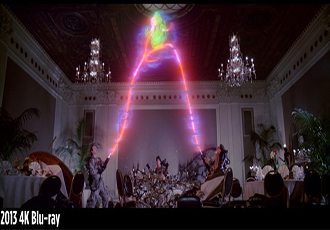As it enters a key period, Ultra HD’s chances of success will be driven by high dynamic range (HDR), wider colour gamut, high frame rates and immersive audio, says ABI Research.
In its First Screen Video Devices Market Research, note the analyst says that by 2020, when there will be commercial 4KTV services, as many as nearly 70% of Ultra HD TVs will support some, if not all, of these enhancements. Indeed it observed that this could prove too conservative a figure if a lower tier of Ultra HD TVs does not persist as currently anticipated.
“Display manufacturers are devoting more attention to better pixels as Ultra HD resolution is now expected on all high-end and increasingly mid-tier sets as well,” commented ABI principal analyst Michael Inouye. “Displays using quantum dots, for instance, have garnered praise for vibrant and more life-like colours. For early Ultra HD adopters whose TVs don’t support the new technologies, these new innovations might come as a sour pill, but in the long run these enhancements will produce the greatest wow factor for new display purchasers who view supported content. It will also serve as a mechanism for device manufacturers to better separate a premium tier of products.”
Looking at the market in general, ABI expects advancements within in the Ultra HD market to only start to fully solidify in 2016. It noted that a number of…
Read more: Rapid TV News


All those technologies could make HD look better than 4K looks now on the typical TV size at the typical viewing distance. 4K on consumer TVs will die once people realize that they are being lied to.